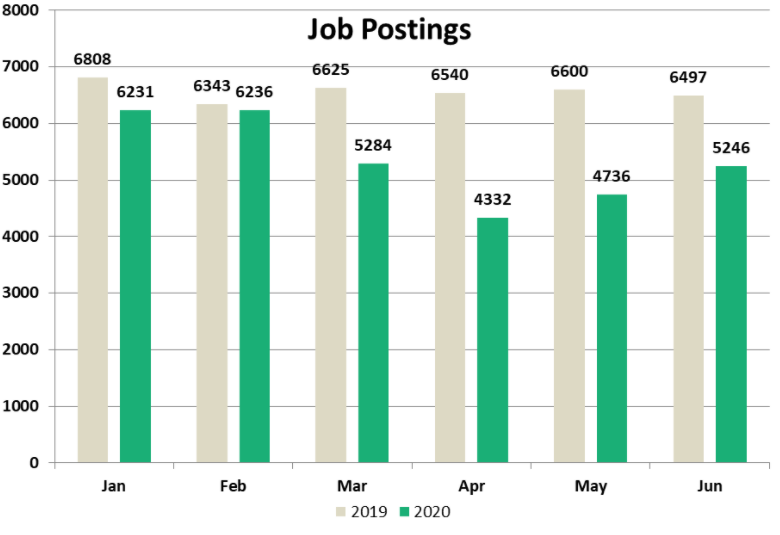There’s no doubting the coronavirus pandemic has wreaked havoc on the world’s economy. In most corners of the globe, GDP is contracting as businesses struggle just to hold on.
As challenging as the times are, economists assure us that economies will rebound. When that happens and business picks up, companies will begin hiring, competing for the talent that will help them grow even faster.
It may be some time before we return to the “war for talent” that marked the last decade, yet more than a few companies are seizing the opportunity to snap up great people now.
The evidence is growing that companies are not just calling back those they laid off, but are adding staff.
In August, the business research group The Conference Board reported its Employment Trends Index increased for the third consecutive month. The improvement was strongly driven by the jump in hiring by the temp staffing industry, a move economists see as a leading indicator of an improving employment market.
Meanwhile, The Conference Board’s Help Wanted OnLine Index, which measures the change in jobs advertised online, increased by 16% since March. EMSI, a provider of labor market analytics, suggests the job market might be even stronger. It reported the number of jobs advertised online in July was 3% higher than before any virus shutdowns were ordered.

We don’t want to overstate the case; the U.S., the Euro zone, and much of the developed world still have a long way to go before returning to anything that resembles a usual recruiting and hiring environment. Still, these early signs out of the U.S. are encouraging, and should give employers pause to consider how they could benefit by recruiting now for their more challenging and competitive jobs.
Workers who felt secure and satisfied in January, may now be wondering what the future holds. Uncertainty like this is a reason passive talent is open to new opportunities.
And the evidence is that people are changing jobs.
Last year, U.S. private industry had an average annual voluntary turnover rate of just over 30%. During the worst months of the pandemic shutdown – March, April, May – the rate dropped to 21%. Now it’s on the rise, reaching an annualized 26%.
These are not unemployed or laid off workers who found new jobs. The Bureau of Labor Statistics which compiles this data counts only employees who left voluntarily. Some of those who quit left the labor market; most took other jobs.
Now is the time to prepare for the post-COVID employment market by beginning to recruit today for your most critical jobs.
This is where Visage makes the difference. Our sourcers know where to find the best people who aren’t looking. Instead of posting to a job board and having to wade through dozens, even hundreds of unqualified active candidates, the Visage team will identify the most highly qualified people, presenting you with the best of the best.
With the future a question mark and job security uncertain, wise employers who turn to us to fill critical and challenging jobs will be poised to beat the competition as the economy improves.

